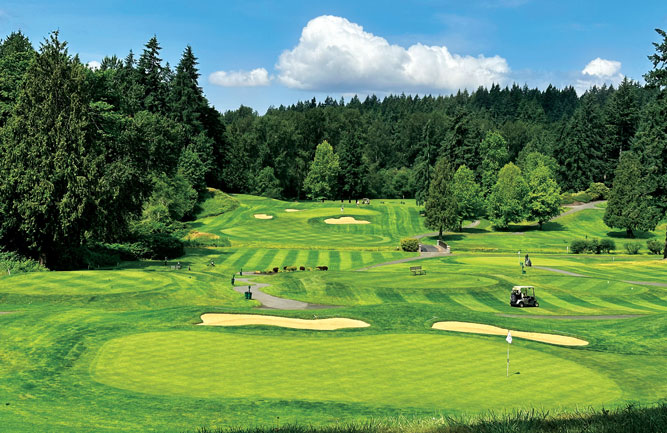2021 State of the Industry: No new normal
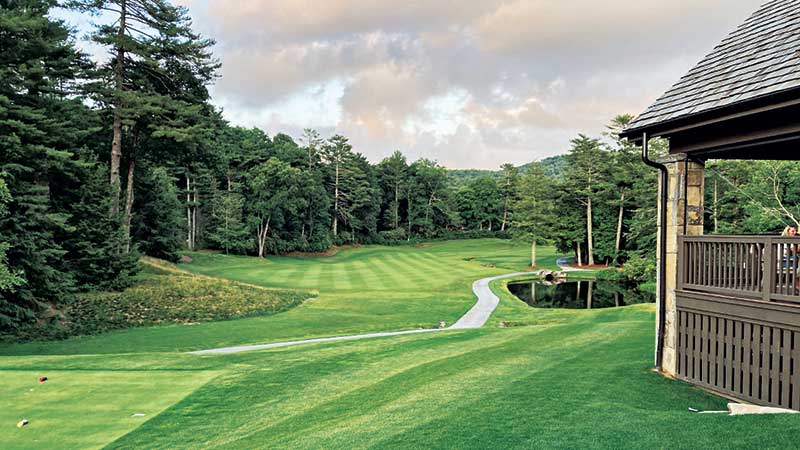
Adequate rain and mild temperatures this summer led to less turf stress for many courses in the Carolinas. (Photo courtesy of Brian Stiehler, CGCS, MG)
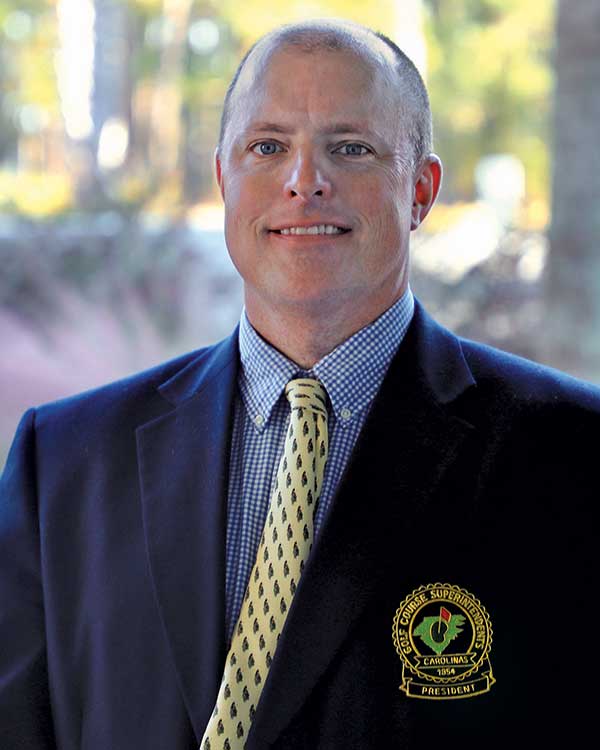
Brian Stiehler, CGCS, MG (Photo: Brian Stiehler)
Brian Stiehler, CGCS, MG
President, Carolinas GCSA
Superintendent, Highlands (N.C.) CC
How was the golf season in your region?
Golf continues to be very strong in the Carolinas. Daily fee facilities are continuing to report higher than normal rounds, and so are private facilities. COVID continues to be a challenge for many, with cases wreaking havoc with maintenance crews, requiring staff to miss two weeks or more of work. Golf course renovation work and capital projects continue to be hot in the Carolinas, with many clubs investing in infrastructure.
How was the weather in your area this year?
The Carolinas are such a vast area, so the weather was different depending on the region. In western parts of North Carolina and South Carolina, it was definitively a bentgrass summer — with mild temperatures and adequate rainfall — and that got to be excessive at times. Coastal South Carolina can be summed up as very wet.
How was your experience with labor this year?
Labor continues to be a major challenge for all. This is clearly a national issue that I don’t think will be getting any easier in the future. Pay rates are on the rise, and it’s not uncommon to hear superintendents paying staff more than $18 to $20 an hour in order to retain staff.
Were there notable success stories from your area/chapter this year?
There are always great stories out of the Carolinas. In the past year, several facilities and their golf course maintenance teams gained national attention. In early May, Quail Hollow once again hosted the Wells Fargo Championship. The golf course was a great test for the world’s best, thanks to the hard work of Keith Wood and his team. Speaking of a great test, the team at the Ocean Course at Kiawah Island had their facility ready to go for the 2021 PGA Championship. Congratulations to Jeff Stone and his team for successfully hosting the second major of the 2021 season! Finally, the week prior to the U.S. Open, Congaree Club hosted its first big event in its short history. Thanks to the team led by John Lavelle and David Barrett, the Carolinas were once again showcased for the world to see.
What are your expectations for 2022?
I suspect golf rounds will remain up and popular in the Carolinas. Hopefully, we can distance ourselves from the COVID Era to a time when more folks are comfortable traveling.
— Christina Herrick
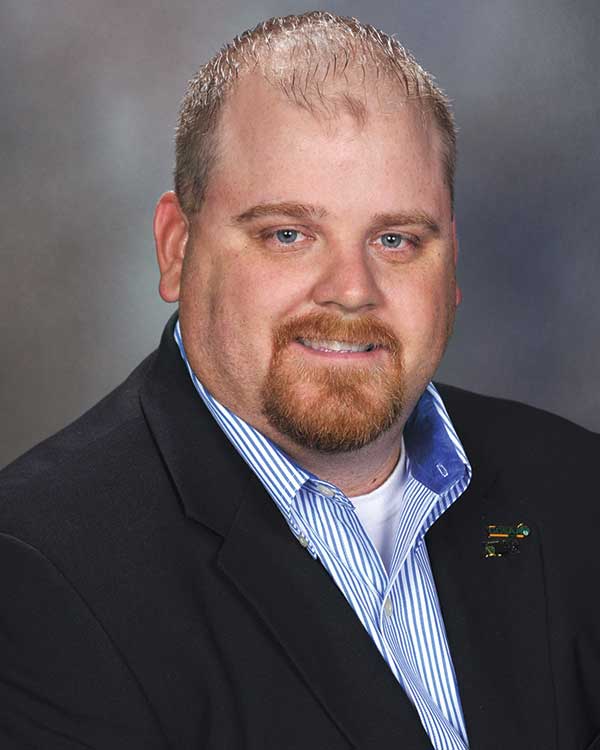
Andrew Jorgensen, CGCS (Photo: Andrew Jorgensen)
Andrew Jorgensen, CGCS
President, Florida GCSA
Director, Golf Maintenance Operations, On Top of the World Communities & Related Entities, Ocala, Fla.
How was the golf season in your region?
Golf was fantastic. We have seen a record number of rounds across the state thanks in part to the COVID “bump” continuing through 2021. This meant increased traffic issues from the additional play and stresses for the clubs that still utilized the one-person-per-cart rule.
Fortunately, lots of clubs have used the extra revenue toward much-needed course improvements.
How was the weather in your area this year?
Like always, Florida had a normal wet summer with the typical tropical threats. Some clubs have reported record rainfall amounts.
How was your experience with labor this year?
Labor continues to be troublesome for everybody. Florida is seeing a huge economic boom with drastic growth statewide. This means golf courses are competing with other industries for labor across the board. Superintendents are having to prioritize maintenance practices using a reduced labor force. Fortunately, superintendents excel at adapting to the challenges that affect their operations. We all expect this labor trend to continue into 2022.
Were there notable success stories from your area/chapter this year?
As our local chapters returned to in-person events, we saw increased attendance and sponsorship across the board. I think people just want to get out and network with their peers and friends.
What are your expectations for 2022?
We expect the coming year to be much of the same. Rounds through the roof and labor issues to continue.
— C.H.
Joe Kinlin
President, Golf Course Superintendent’s Association of New Jersey
Superintendent, Bey Lea GC, Toms River, N.J.
How was the golf season in your region?
We have had a very busy golf season. Rounds are up slightly from last year’s COVID surge but have slowed down with some weather-related issues starting in August.
How was the weather in your area this year?
Weather was generally good until August brought significant rain with tropical storms Henri and Ida. There was significant flooding in the northern half of the state.
How was your experience with labor this year?
Labor was probably the greatest challenge. Finding crew members and assistant superintendents has been a problem for several years now.
Were there notable success stories from your area/chapter this year?
One notable success story is that we completed our GCSAA Best Management Practices document. Another thing that makes me most proud as chapter president is how our membership met all the challenges COVID, Mother Nature and a difficult labor market threw at them and delivered a great golf product to the golf community. The talents and abilities of our superintendents and our suppliers always seem to create awesome playing conditions.
What are your expectations for 2022?
In 2022, I expect supply chain and labor issues to drive the cost of golf up, and courses that don’t account for this in their budgeting process could have some serious issues. I also expect that in a competitive industry like ours, the strong will rise to the top.
— C.H.
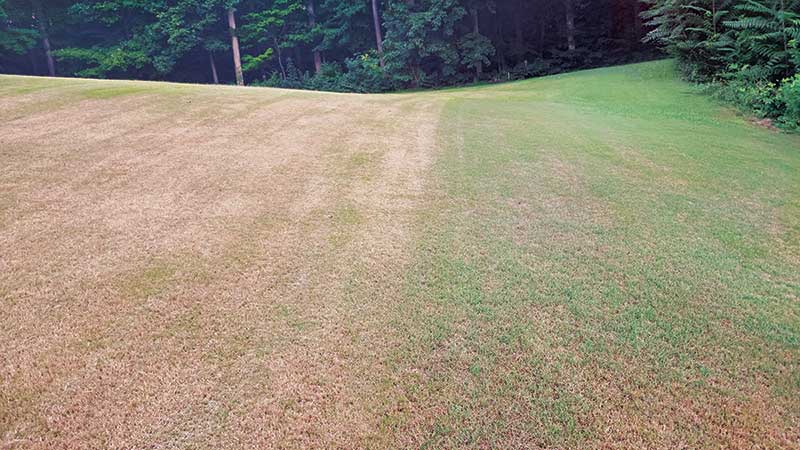
In 2021, fall armyworm caught some superintendents off guard with how far and wide it spread. Fall armyworm damage occurred overnight at Williamsburg (Va.) GC, much to the dismay of Jeff Whitmire, CGCS. “The worms moved from the treeline and absolutely decimated the bermudagrass, marching until they hit the zoysiagrass. There was no damage to the zoysiagrass.” (Photo: photo by: Jeffrey Whitmire, CGCS)
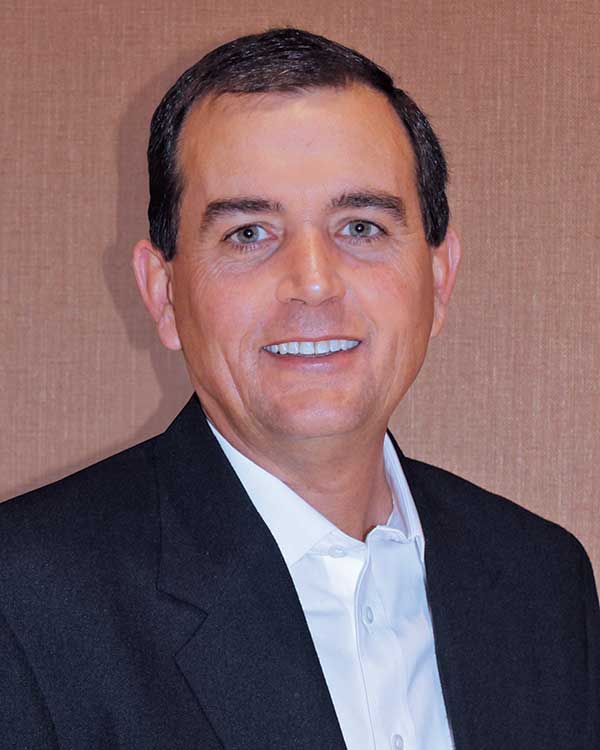
Jeffrey Whitmire, CGCS (Photo: Jeffrey Whitmire)
Jeffrey Whitmire, CGCS
President, Virginia GCSA
Superintendent, Williamsburg (Va.) GC
How was the golf season in your region?
Golf is up everywhere; it’s very popular. A lot of clubs in Hampton Roads, the Virginia Beach area, Richmond, northern Virginia, the private clubs … it was a very good year for golf. If they’re playing the game, they’re enjoying the game — golf courses are full. The challenge is labor and getting equipment.
How was the weather in your area?
I don’t know how to define a normal year. It’s funny in Virginia, the western
part of the state has drought, and the eastern part was wet, almost too much rain. Most golf courses came through in pretty good shape. Some cool-season courses had some issues. Warm-season golf courses came through really well.
How was your experience with labor this year?
Labor is a huge challenge. We went through the season six people short, and I think that’s pretty common. That’s about 35 to 40 percent down from my normal staffing levels. A lot of people are going to triplex mowing and machine raking bunkers to eliminate the hand labor and try to save money, but then the challenge is equipment — if you can’t get equipment, that’s a challenge as well.
Were there notable success stories from your area/chapter this year?
We raised more than $50,000 for turf research at Virginia Tech. Over the past five years, we’ve raised more than $250,000 for turf research at Virginia Tech. We’re very proud of that. We completed the Virlina Cup, and we defeated the Carolinas. We were very happy about that. We have to brag. We are the only state association to have a full-time lobbyist. So we were able to give some input on a neonicotinoid bill that was going to be passed that would ban neonicotinoids. We had some success there and were able to keep use on golf courses. We’re getting ready to face another year in the general assembly, although we had a year where the Republicans were elected. That was big news. Maybe it’ll be a little easier here because of that.
What are your expectations for 2022?
I think this raw material shortage, this equipment shortage, is going to be huge. Labor is going to continue to be an issue. People are going to have to figure out what is important and what isn’t important on golf courses. For the last 30 years, people have been moving to more hand mowing, more hand raking, more labor-intensive practices. We’re seeing a reversal of that. Even though your budgets are up, you have to pay people more. And you have to pay more for equipment. I think most members, most golfers, are understanding of the challenges we have. They just want nice tees, greens and fairways. And I’ve seen that at a lot of places.
— Seth Jones









